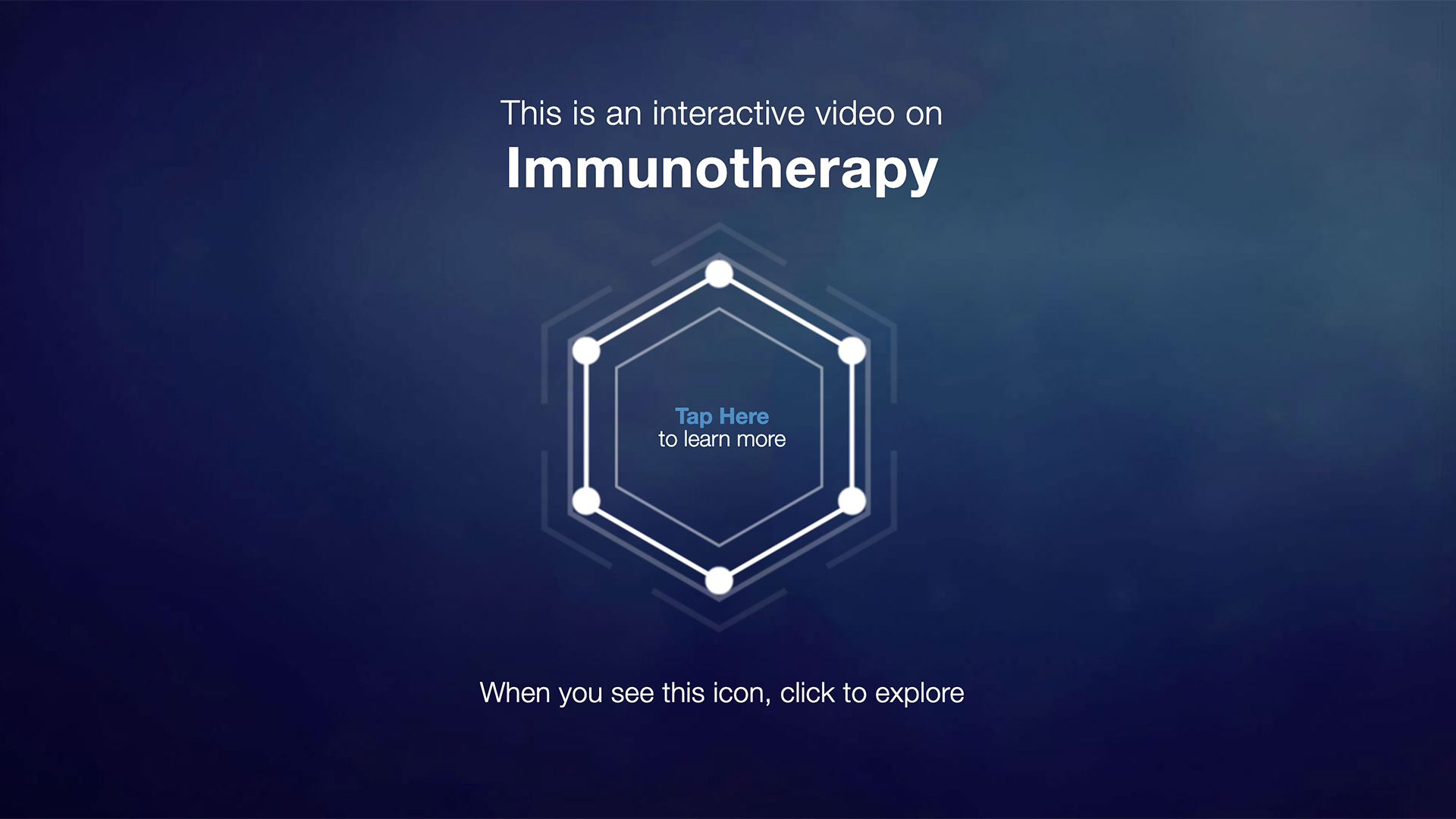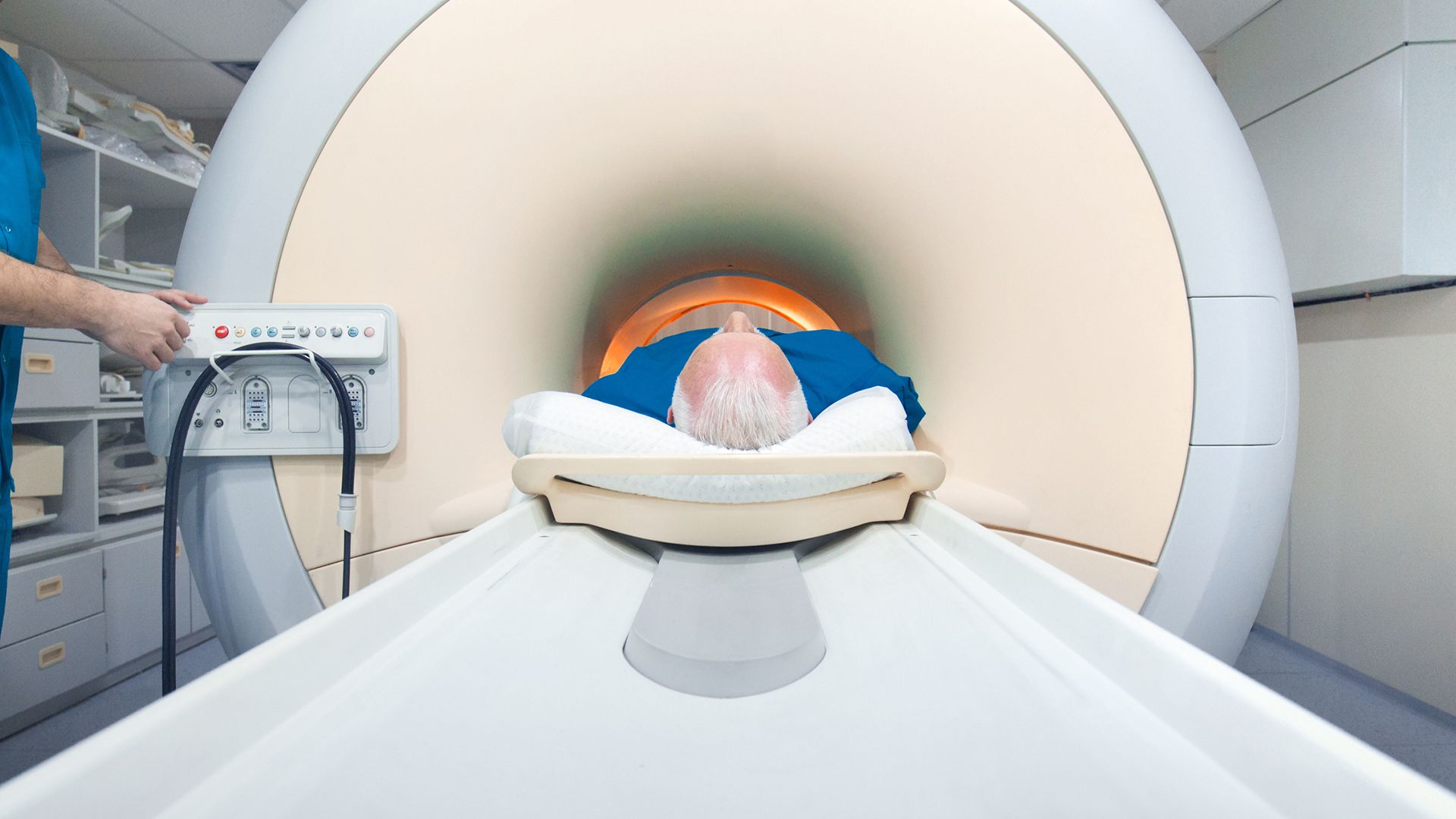Radiation and chemotherapy are commonly used treatment options for many types of cancer, including lung cancer. Chemotherapy uses drugs to destroy cancer cells by stopping or slowing their growth, while radiation therapy uses high-energy rays to kill cancer cells by damaging their DNA. Each treatment may be used by itself, but they can also be used in combination with one another. Using the two treatments together is called chemoradiation or chemoradiotherapy, and is a recommended treatment option for stage III non-small cell lung cancer.
Below is a brief explanation of chemotherapy, radiation therapy and how these two treatments are used in combination with one another.
Chemotherapy
Sometimes abbreviated as “chemo,” chemotherapy is cancer treatment that utilizes drugs to destroy or stop the spread of cancer cells. Chemotherapy is usually a systemic treatment, meaning it treats cancer throughout the body, instead of focusing on a specific tumor in a specific location. This makes chemotherapy a good choice for first-line therapy for cancers that have spread beyond the initial site, or cancers that are in multiple locations throughout the body.
There are many types of chemotherapy drugs, which work in a variety of ways to destroy cancer cells and stop cancer cells from growing and spreading. Most chemotherapy drugs are administered with an intravenous infusion. Some are taken by mouth as a pill or a liquid. The choice of what chemotherapy drug to use depends on a number of factors about both the cancer and the patient. Oftentimes, a patient will take a combination of chemotherapy drugs when treating non-small cell lung cancer.
Radiation therapy
Radiation therapy uses x-rays, gamma rays or charged particles to destroy cancer cells. There are three methods of delivering radiation therapy:
- External beam radiation therapy delivers radiation from a machine outside the body. Imaging scans are used to create a three-dimensional, detailed map of the body’s interior and the tumor’s location. This will be used to precisely target the tumor with radiation and minimize the damage to nearby healthy tissue.
- Internal radiation therapy, or brachytherapy, delivers radiation from sources placed inside or on the body. Radiation can be delivered by inserting a catheter that filled with radioactive material for a period of time (this is called temporary brachytherapy). Radiation can also be delivered by surgically inserting small pellets of radioactive medicine in or around the tumor (this is called permanent brachytherapy, though the material does not remain radioactive permanently—radiation typically wears off within a few days).
- Systemic radiation therapy uses medicines called radiopharmaceuticals that are swallowed or injected into the body. Some radiopharmaceuticals are targeted therapies, and contain antibodies that help these medicines specifically target cancer cells.
As with chemotherapy, the choice of which radiation therapy to use is a decision that depends on numerous factors about the patient and the cancer.
Chemoradiation therapy
Chemoradiation therapy is when chemotherapy and radiation therapy are used in combination with one another, and is a recommended treatment approach for stage III non-small cell lung cancer, especially for patients who are not candidates for surgery. Chemoradiation therapy can be administered concurrently, meaning the two therapies are given during the same treatment cycle, or sequentially, meaning that radiation therapy follows a cycle of chemotherapy.
As with other cancer treatments, chemoradiation is individualized, and the decision to use this treatment approach and how to use this treatment approach takes into account the characteristics of the cancer and the overall health of the patient. Taken on their own, chemotherapy and radiation therapy are hard on the body and can cause significant side effects. Concurrent therapy is the preferred option, though is not recommended for every patient.
Once treatment is completed, a patient may also be prescribed an adjuvant therapy, a treatment that is taken on an ongoing basis to help prevent the cancer from recurring, from spreading or from growing. This can include further cycles of either chemotherapy or radiation therapy, as well as biologic drugs or immunotherapies.





